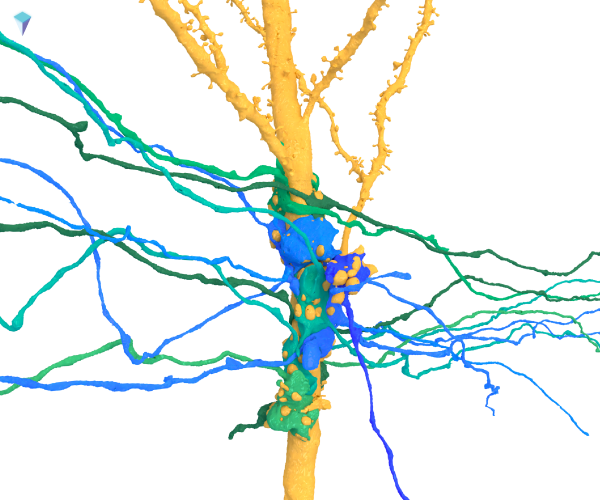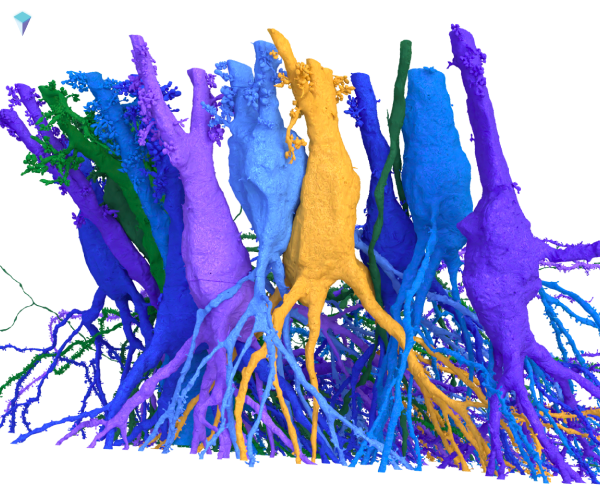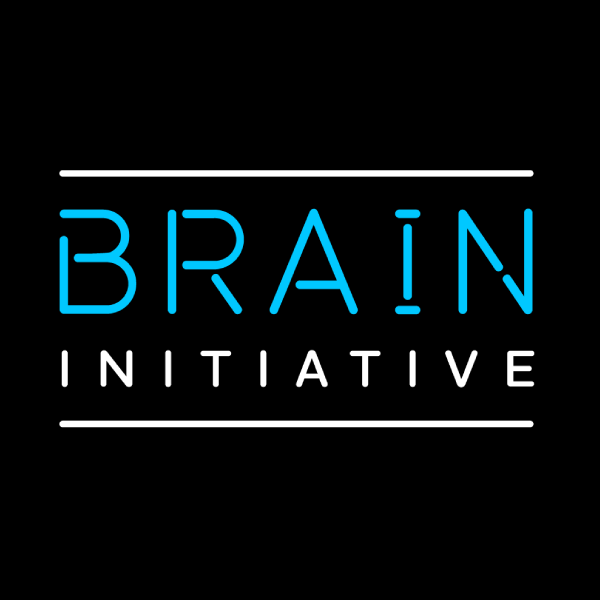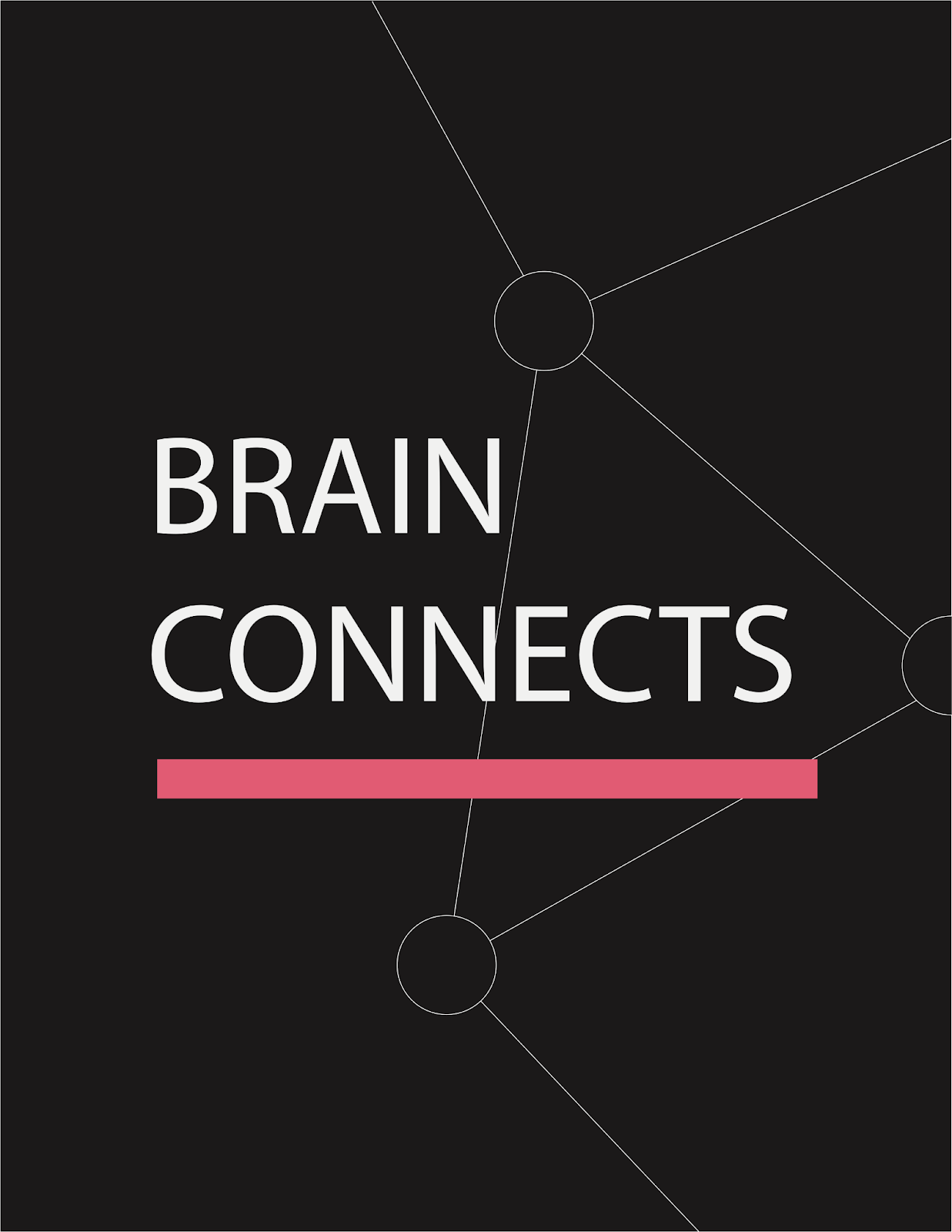
The hippocampus is a brain region important for memory and spatial navigation. The CA3 area, a subregion of the hippocampus, is crucial for pattern completion, spatial coding, and associative memory. Since 2021, we have begun acquiring and reconstructing a volume (0.1 mm3) of the CA3 area in the mouse hippocampus. Pyr is an online community for proofreading, annotation, and scientific discovery in the CA3 dataset. As of October 2024, the majority of neurons with cell bodies in the volume have been proofread. The CA3 dataset is part of the NIH BRAIN CONNECTS project, which aims to acquire and reconstruct a large-scale connectomic volume that includes all the main areas of the mouse hippocampal formation.

Community of neurobiologists, computer scientists, proofreaders, and citizen scientists who map and label neurons in the CA3 dataset. Join Pyr and contribute community data for your lab to appear.

Core CA3 dataset support came from National Institutes of Health (NIH), Princeton Neuroscience Institute (PNI), Simons Foundation, and Google. The acquisition infrastructure was supported by a NIH instrumentation program (S10 OD023602) and Simons Foundation. Zhihao Zheng was supported by a Pathway to Independence Award (K99 NS135650). The Seung lab receives support with compute resources from Amazon and Google.

The Seung and Tank labs were supported by the NIH BRAIN Initiative (U19 NS104648, U19 NS132720, RF1 MH123400) and CONNECTS programs (UM1 NS132250). Future mouse hippocampal formation datasets are being made possible by the BRAIN CONNECTS program.